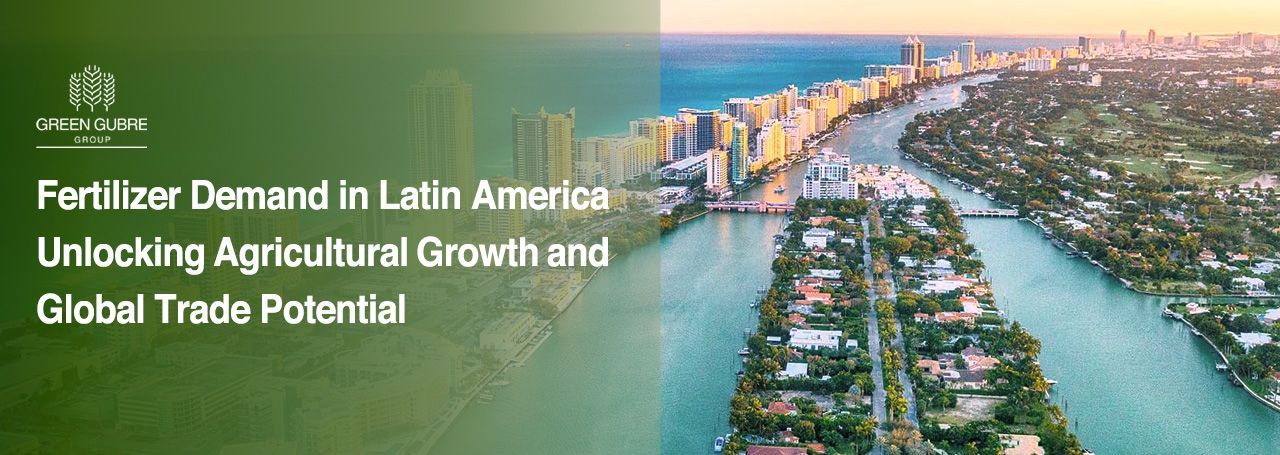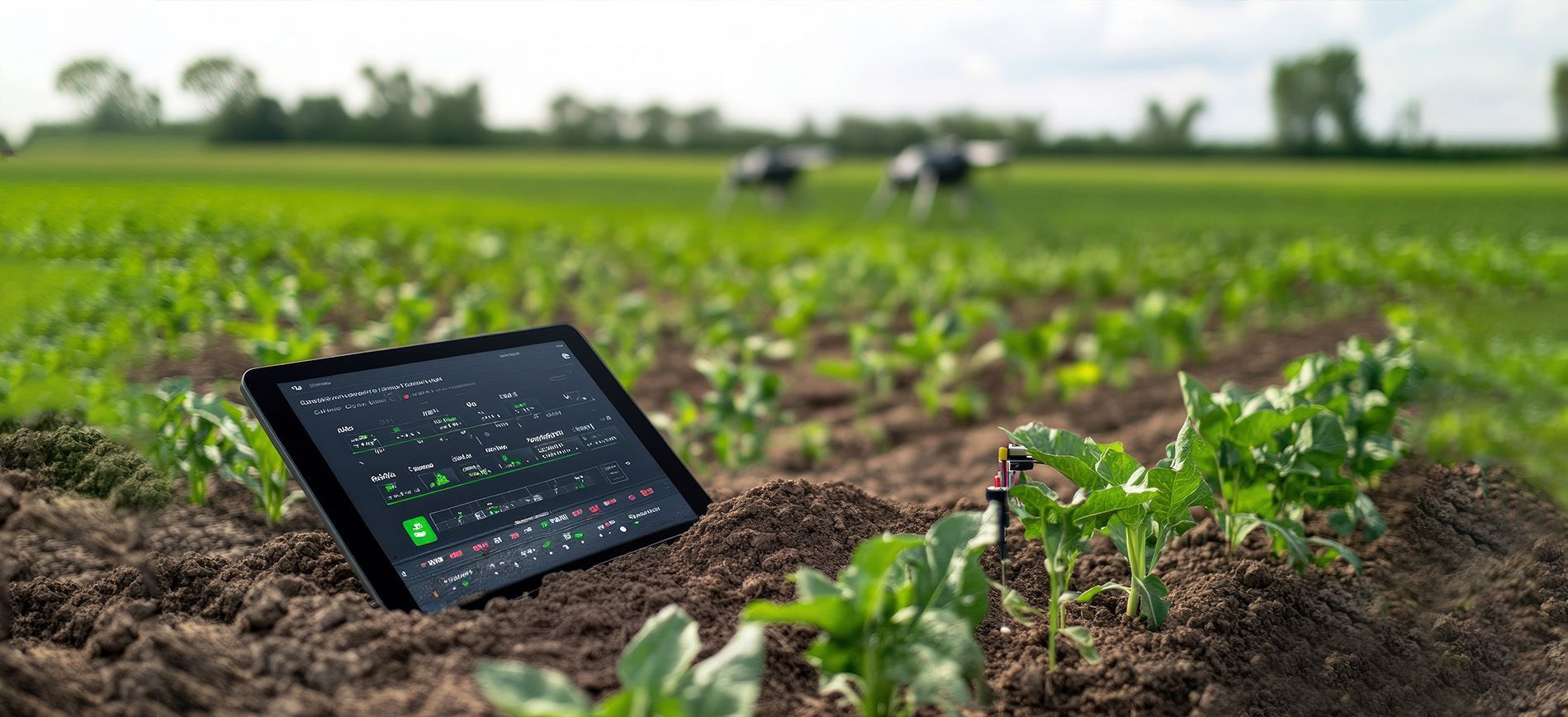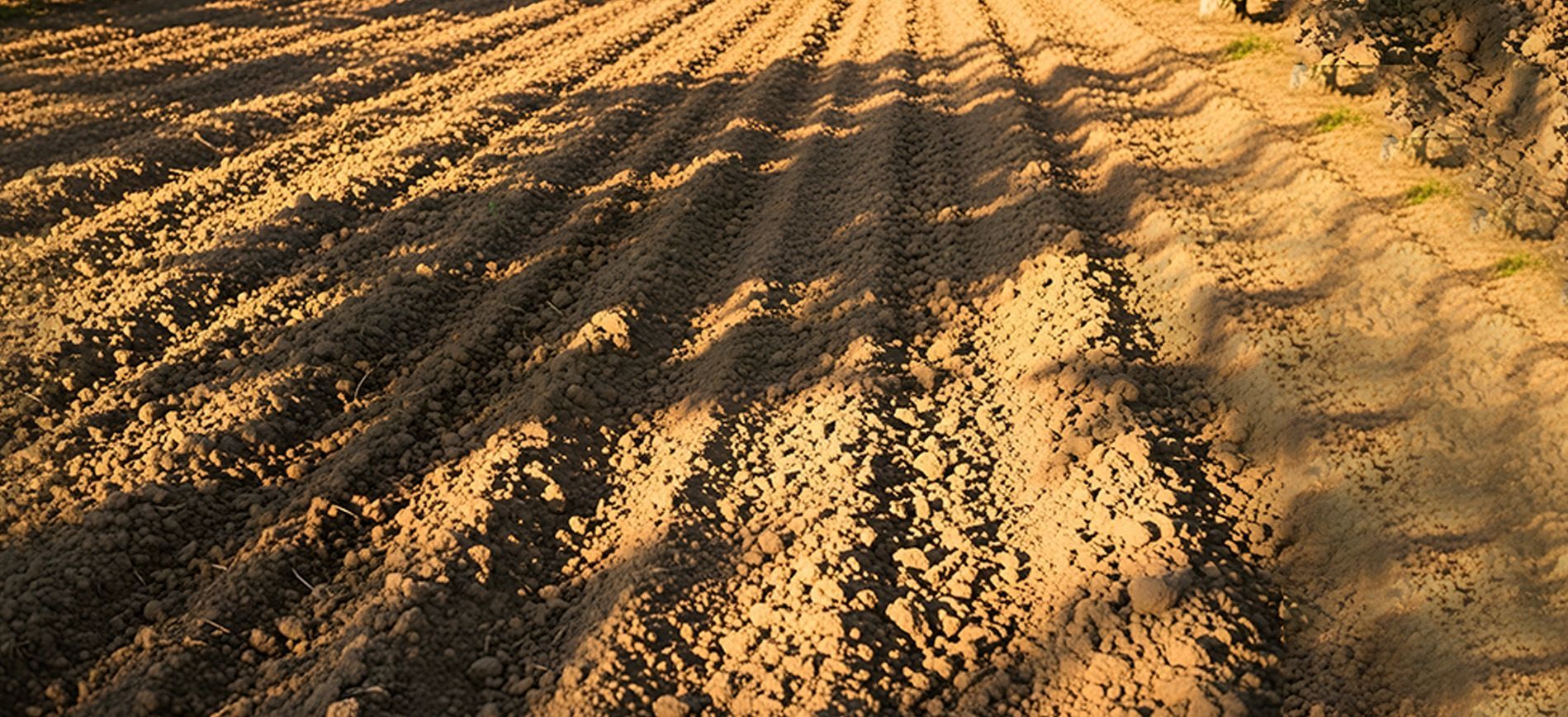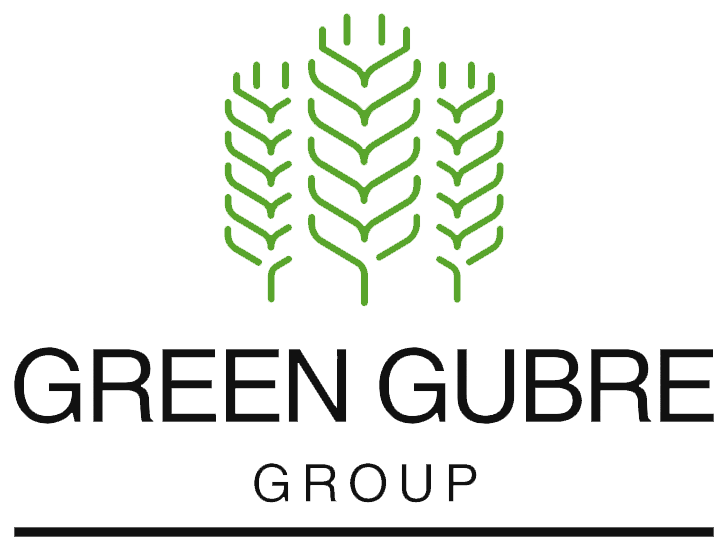Fertilizer Demand in Latin America – Unlocking Agricultural Growth and Global Trade Potential
Fertilizer Demand in Latin America – Unlocking Agricultural Growth and Global Trade Potential
Latin America’s Fertile Grounds and Fertilizer Challenges
Latin America, home to the Amazon basin, the Pampas, and some of the most agriculturally productive lands globally, plays a pivotal role in the global food system. Countries like Brazil, Argentina, Colombia, and Mexico are major exporters of soybeans, maize, sugarcane, and coffee. However, despite its natural abundance, the region grapples with persistent challenges regarding fertilizer access, affordability, and sustainability.
This blog explores how fertilizer demand is evolving across Latin America, focusing on
granular urea,
prilled urea,
NPK blends, and
soil-specific formulations. We also examine the region’s growing importance in global trade and how it intersects with key markets like
Africa,
Turkey,
China, and
India.

Latin America’s Agricultural Backbone: Why Fertilizers Matter
Agriculture contributes significantly to GDP in many Latin American countries. Fertilizer use is crucial in supporting food production for both domestic consumption and export.
Regional Fertilizer Demand Snapshot:
- Brazil: The largest fertilizer consumer in the region. Soy, corn, and sugarcane drive demand for nitrogen, phosphorus, and potassium-based blends. Brazil depends on imports for over 80% of its fertilizer supply.
- Argentina: Primarily uses urea and DAP for wheat, corn, and barley. High fertilizer prices have impacted usage rates in recent years.
- Mexico: Focuses on fruit and vegetable production, demanding custom NPK and micronutrient-rich solutions.
- Andean Nations (Peru, Colombia, Ecuador): Diverse agro-ecologies require
region-specific formulations and enhanced fertilizer efficiency strategies.
Despite robust demand, many Latin American farmers, especially smallholders, face logistical barriers and price fluctuations that limit consistent fertilizer access.
Urea and NPK Demand Trends in Latin America
Urea Use and Growth:
- Granular urea is the dominant nitrogen fertilizer in Brazil and Argentina due to its adaptability in large-scale farming.
- Prilled urea is used in niche and plantation farming, particularly where rapid nitrogen availability is needed.
- Increased adoption of
urease inhibitors and
enhanced-efficiency urea products is being promoted through government-supported sustainable agriculture programs.
NPK Demand and Innovations:
- Latin America’s expanding fruit, soybean, and specialty crop sectors drive demand for balanced and customized NPK blends.
- Water-soluble fertilizers and fertigation-specific NPKs are rising, especially in Chile, Mexico, and Central America horticultural hubs.
- There’s growing interest in biofertilizers and organic-based NPK alternatives in response to environmental pressures and soil degradation.
Fertilizer Supply Chain Challenges and Global Dependencies
Latin America is highly dependent on imports for its fertilizer supply. This creates vulnerabilities, especially when disrupted by global shipping routes, raw material access, or production-centered issues.
Supply Chain Dynamics:
- Brazil and Argentina import urea and DAP primarily from Russia, the Middle East, and China.
- Recent geopolitical shifts have triggered diversification of sources, including Turkey and India, which are increasingly exploring Latin American markets for urea and NPK exports.
- Africa’s emerging production capacity, especially in West and North Africa, is gaining interest from Latin American buyers looking for alternative supply chains.
As global trade patterns evolve, strengthening
South-South trade partnerships becomes vital for long-term regional fertilizer security.
Climate Goals, Soil Health, and Fertilizer Policy in Latin America
Many Latin American countries are aligning their agricultural development with climate targets, resulting in a push toward climate-smart fertilizers and sustainable soil management.
Sustainable Shifts Underway:
- Brazil’s “Fertilizer Self-Sufficiency Plan” aims to reduce import dependency by boosting local production and investing in clean fertilizer technologies.
- Peru and Colombia are expanding access to organic soil enhancers and micro-nutrient fertilizers for smallholders.
- Governments and NGOs promote
precision application tools to reduce overuse and increase efficiency, opening a market for tech-driven fertilizer products.
These changes attract interest from
Chinese and Indian companies, especially those offering
value-added, eco-certified fertilizers and digital agriculture solutions.
Strategic Opportunities: Latin America as a Global Agricultural Connector
As the region expands as a food exporter, demand for fertilizers will only increase. This presents a strategic opportunity for international suppliers with reliable logistics, tailored product portfolios, and sustainability credentials.
Global Market Connections:
- Turkey is well-placed to increase urea and NPK exports to Latin America, especially via the Atlantic corridor.
- Africa’s fertilizer producers could benefit from stronger port-to-port fertilizer exchanges, especially for phosphate and NPK shipments.
- China and India are strengthening commercial diplomacy in Latin America by investing in agri-infrastructure, fertilizer blending units, and export facilitation programs.
Aligning product strategies with
Latin America’s diverse crop systems and environmental goals can lead to long-term partnerships for suppliers in these regions.
Conclusion: Fertilizer Demand in Latin America Is Poised for Sustainable Growth
Latin America’s fertilizer story is one of promise and complexity. As agricultural exports rise and climate resilience becomes a priority, the region's need for sustainable growth in fertilizer demand is urgent. It will continue to demand more innovative, adaptable, and affordable fertilizer solutions.
Latin America represents a growing frontier for global players, from
Africa’s emerging producers to
India’s and China’s fertilizer innovators. It's a frontier where food security, sustainable growth, and international cooperation intersect, highlighting the importance of your contribution to the region's agricultural development.




